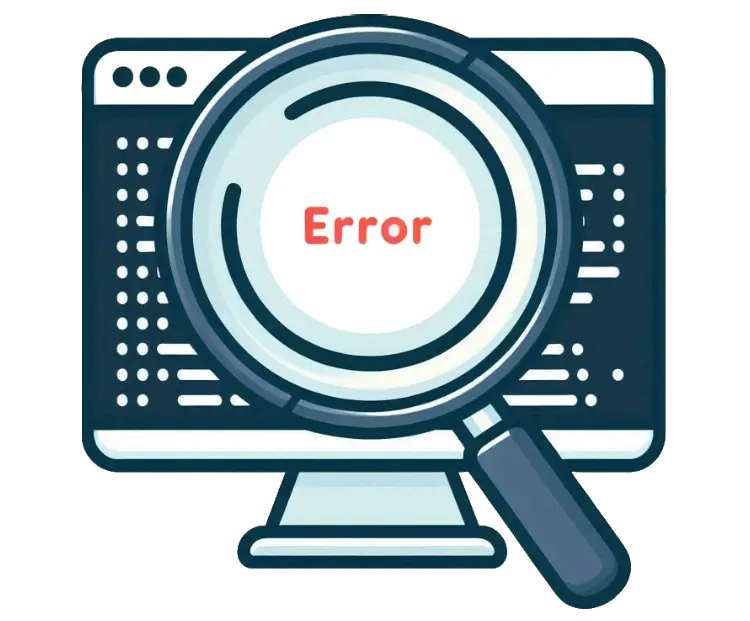
Logs — are records that capture actions, errors, or other significant events occurring in a program. Logs are recorded in chronological order and can be used for tracking, analyzing, and diagnosing events.
Logging is also used for recording user actions, a type of log recording known as audit.
